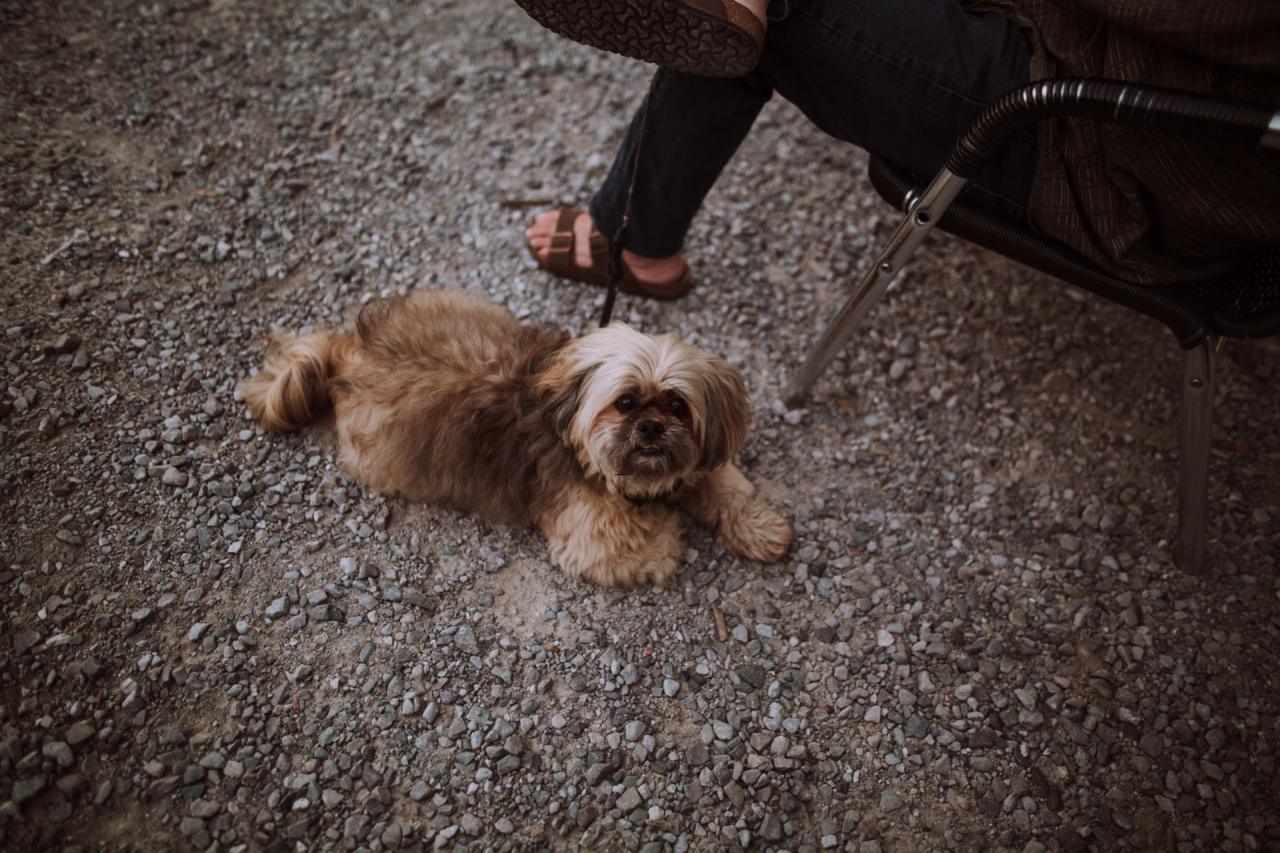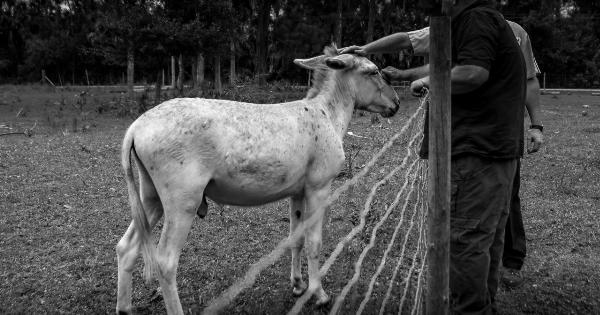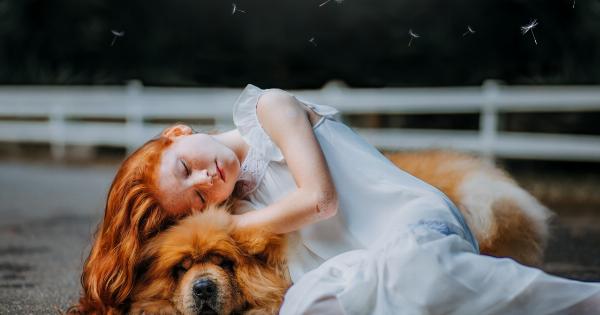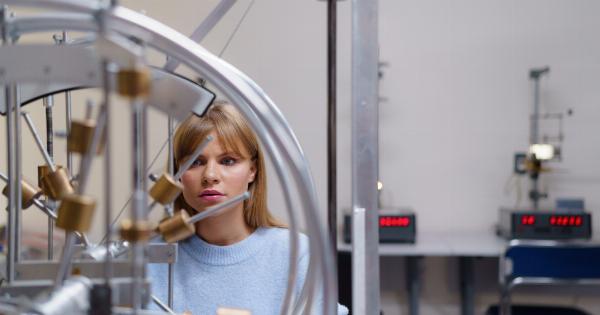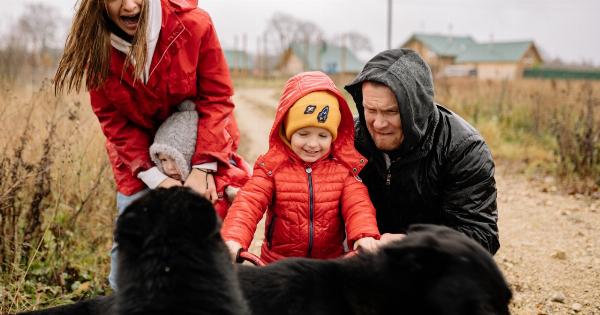Dogs have been mankind’s loyal companions for over 15,000 years. Over the centuries, humans have selectively bred dogs to fulfill various roles, including hunting, herding, guarding, and companionship.
This selective breeding has led to significant changes in the appearance, behavior, and temperament of different breeds.
The Evolution of Dogs
The modern dog is believed to have evolved from wolves. Some scientists believe that the domestication of dogs began as early as 30,000 years ago, while others suggest that it happened more recently, around 15,000 years ago.
As humans began to domesticate dogs, they started selectively breeding them to enhance certain traits. For instance, dogs used for hunting were bred to have a keen sense of smell and exceptional speed.
Dogs used for guarding were bred to be protective and fearless. These selective breeding practices gave rise to various breeds of dogs, each with distinct characteristics.
How Breeding Has Changed Dogs’ Appearance
One of the most obvious changes that selective breeding has brought about in dogs is their appearance. Different breeds of dogs have unique physical characteristics that help them excel in their specific roles.
For instance, Greyhounds were bred for hunting. They are slender, streamlined, and incredibly fast. In contrast, breeds like Bulldogs and Pugs were bred purely for companionship. They have short snouts and compact bodies that make them excellent lap dogs.
Moreover, selective breeding has led to significant variations in coat type, color, and texture. Some breeds have long, silky coats while others have short, wiry hair.
Dalmatians are renowned for their spots while Siberian Huskies have dense, thick coats that protect them from the harsh winter weather.
Behavior and Temperament Changes
In addition to changes in appearance, selective breeding has also brought about significant changes in dogs’ behavior and temperament. Each breed of dog has a unique personality that is the result of centuries of selective breeding.
Some breeds are naturally high-energy and require lots of exercise and stimulation. This includes breeds like Border Collies and Australian Shepherds, which were bred for herding and have boundless energy.
On the other hand, breeds like Pomeranians and Chihuahuas were bred purely for companionship. They are known for being fearless and tenacious, despite their small size.
The Emotional Bond Between Dogs and Humans
Over time, dogs have become so much more than just working animals. They have become beloved family members and companions, providing their owners with unconditional love and emotional support.
Many studies have found that spending time with dogs can have significant mental health benefits. For instance, dogs can lower stress levels, reduce anxiety, and alleviate symptoms of depression.
They are also great at providing comfort and support during times of grief and loss.
Conclusion
Dogs have undergone significant changes over the centuries, both in their appearance and behavior.
From the Greyhound’s streamlined build to the Pug’s short snout, each breed of dog has distinct characteristics that make them perfectly suited for their intended role.
Despite the significant differences between breeds, all dogs share one trait: their unwavering loyalty to the humans in their lives.
As we continue to share our lives with these incredible creatures, it’s easy to see why humans and dogs truly have an unbreakable bond.
